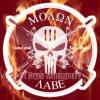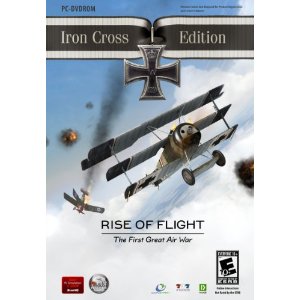- 0 replies
- 1,367 views
- Add Reply
- 7 replies
- 2,599 views
- Add Reply
- 0 replies
- 4,431 views
- Add Reply
- 17 replies
- 6,028 views
- Add Reply
- 2 replies
- 1,809 views
- Add Reply
New Interview is Up

By Dave,
Was my great fortune to run into LouG here at CA and he was kind enough to grant me an interview. Thank you sir.
http://combatace.com/topic/62553-an-interview-with-loug/
Playstation Portable 2 Revealed by Sony

By FastCargo,


From Kotaku.com
The PSP2 is finally here. Sony revealed its brand new PlayStation Portable at an event in Tokyo today, our first official look at the PlayStation maker's next foray into handheld gaming, the NGP or "Next Generation Portable." First details below.
The Hardware
Sony confirmed many of the features of the PSP2 that we've already heard in the form of leaks, rumor and speculation. The PSP2 features a high-resolution, touch-sensitive OLED screen that's larger than the origin
Rise of Flight: Iron Cross edition review

By Dagger,


With all the talk about this sim, we decided it was time for us to take a look at it, and I am glad we did. Read the review Rise of Flight: Iron Cross Edition
Invisible tanks could be on battlefield within five years

By FastCargo,


By Sean Rayment, Defence Correspondent, The Telegraph (UK)
Armoured vehicles will use a new technology known as "e-camouflage" which deploys a form "electronic ink" to render a vehicle "invisible".
Highly sophisticated electronic sensors attached to the tank's hull will project images of the surrounding environment back onto the outside of the vehicle enabling it to merge into the landscape and evade attack.
The electronic camouflage will enable the vehicle to blend into the surrou
December Calendars Available

By Fates,


December Calendars Are Available.
You can download them here: GALLERY






